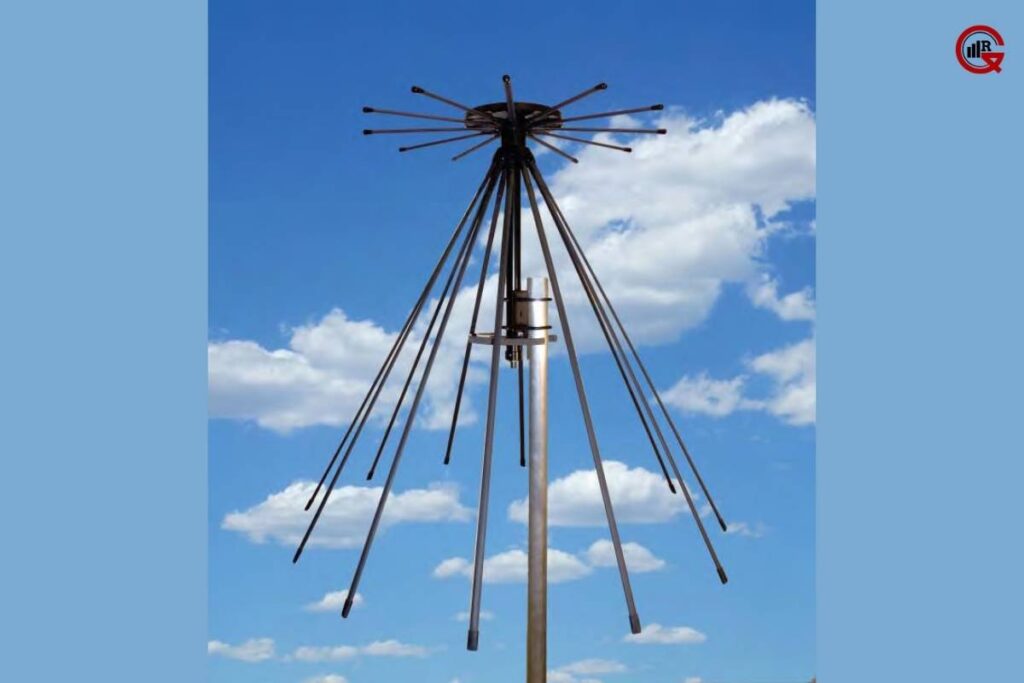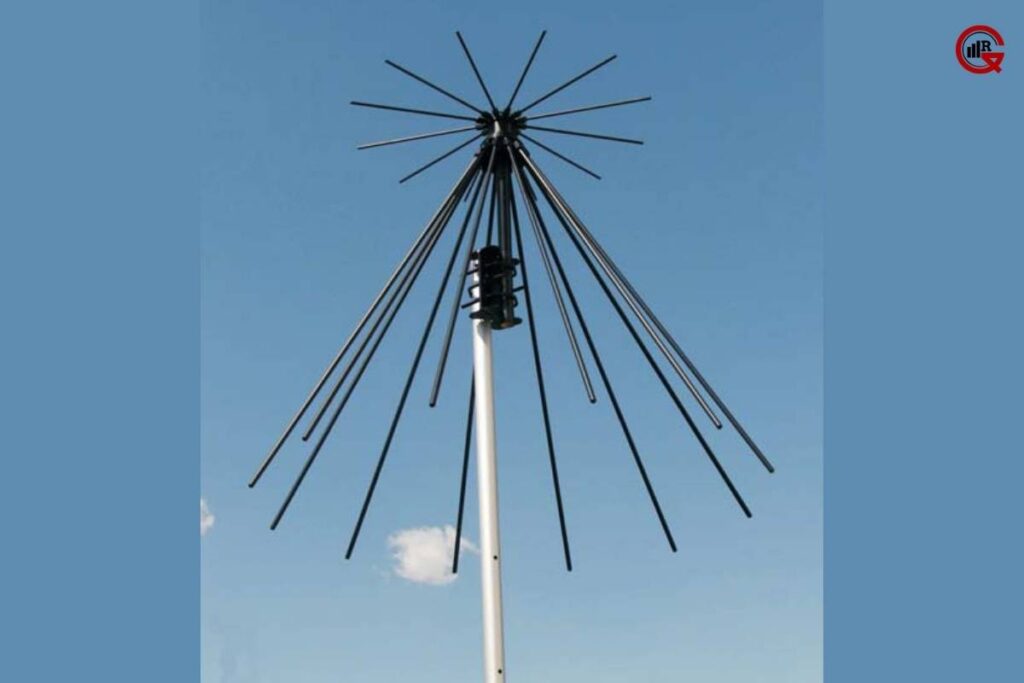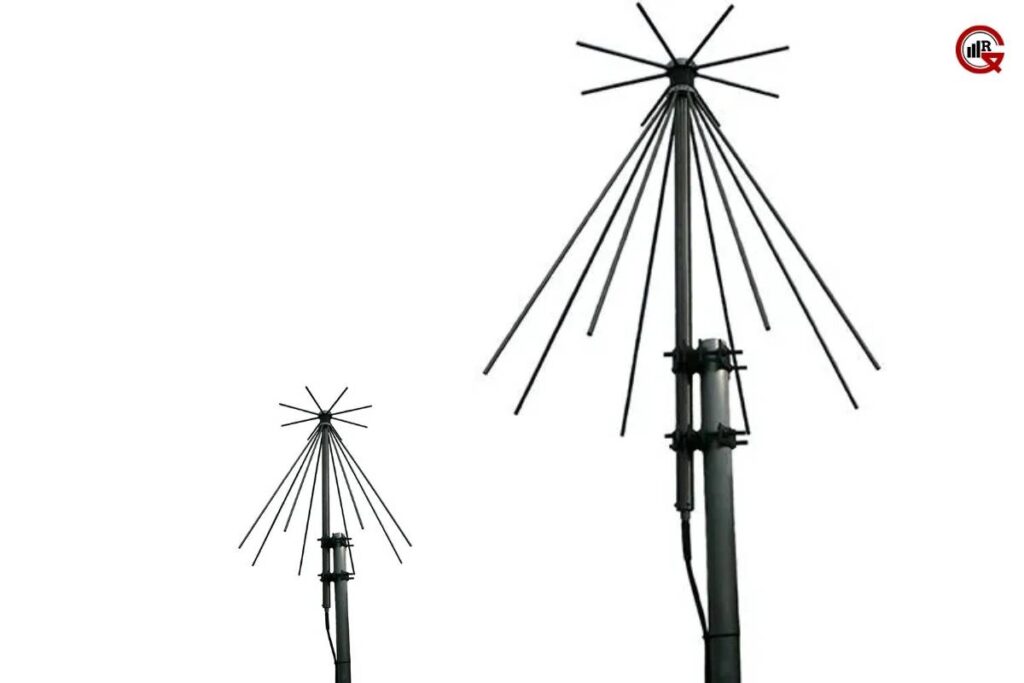In the realm of radio frequency (RF) communication and reception, antennas play a crucial role in transmitting and receiving electromagnetic signals. One such type of antenna that has gained prominence for its versatility and wide bandwidth capabilities is the discone antenna. In this article, we delve into the design, applications, and advantages of discone antennas, exploring their significance in various fields of communication and technology.
Understanding Discone Antennas:
A discone antenna, short for “disc-on-cone,” is characterized by its unique geometric structure, which consists of a flat disc-like element mounted on top of a cone-shaped structure. This distinctive design enables antennas to achieve broadband frequency coverage, making them suitable for a wide range of applications across different frequency bands.
Design and Construction:

The construction of an antenna typically involves two main components: the disc element and the cone element. The disc, usually made of metal, serves as the radiator and is connected to the feedline or coaxial cable. The cone, on the other hand, acts as the ground plane and provides structural support for the disc.
The dimensions of the disc and cone elements are carefully designed to achieve optimal performance across multiple frequency bands. The disc diameter and cone angle are critical parameters that determine the antenna’s frequency coverage and impedance-matching characteristics.
Applications of Discone Antennas:
Discone antennas find applications in various fields, thanks to their broadband capabilities and omnidirectional radiation pattern. Some common applications include:
Amateur Radio (Ham Radio): These antennas are popular among amateur radio operators due to their ability to cover a wide range of frequencies used in amateur radio bands. They are often used for transmitting and receiving signals in the VHF (Very High Frequency) and UHF (Ultra High Frequency) bands.
Military and Government Communications: These antennas are employed in military and government communications systems for their versatility and wideband coverage. They are used for monitoring and intercepting signals, as well as for communication purposes in the field.
Wireless Communication Systems: Antennas are utilized in wireless communication systems, including Wi-Fi, cellular, and satellite communication networks. Their broadband nature makes them suitable for applications requiring coverage across multiple frequency bands.

Spectrum Monitoring and Surveillance: Antennas are employed in spectrum monitoring and surveillance applications to detect and analyze RF signals across a broad spectrum. They are used by regulatory authorities, law enforcement agencies, and intelligence organizations for monitoring radio frequency activity and identifying potential interference or security threats.
Radio Frequency Identification (RFID): Discone antennas are used in RFID systems for tracking and identifying objects using radio frequency signals. They are employed in applications such as inventory management, asset tracking, and access control systems.
Advantages of Discone Antennas:
These antennas offer several advantages over traditional antenna designs, making them a preferred choice for various applications:
Wideband Coverage: Such antennas provide coverage across a broad frequency range, eliminating the need for multiple antennas to cover different frequency bands. This wideband capability simplifies antenna deployment and reduces infrastructure costs.
Omnidirectional Radiation Pattern: Such antennas exhibit an omnidirectional radiation pattern, which means they radiate and receive signals equally in all directions. This characteristic makes them ideal for applications requiring 360-degree coverage, such as surveillance and monitoring systems.
Compact and Durable Design: Such antennas are compact and feature robust construction, making them suitable for both indoor and outdoor installations. Their durable design ensures reliable performance in harsh environmental conditions.
Versatility: Such antennas are versatile and can be used for various communication and monitoring applications across different frequency bands. Their flexibility makes them suitable for use in diverse industries and environments.

Easy Installation: Such antennas are relatively easy to install and configure, requiring minimal setup and adjustment. They can be mounted on a mast, rooftop, or any elevated structure using standard mounting hardware.
Conclusion:
In conclusion, discone antennas represent a versatile and efficient solution for broadband communication and monitoring requirements. Their wideband coverage, omnidirectional radiation pattern, and compact design make them well-suited for a wide range of applications across different industries and sectors. Whether used in amateur radio, military communications, wireless networks, or surveillance systems, discone antennas continue to play a vital role in facilitating reliable and efficient radio frequency communication.






